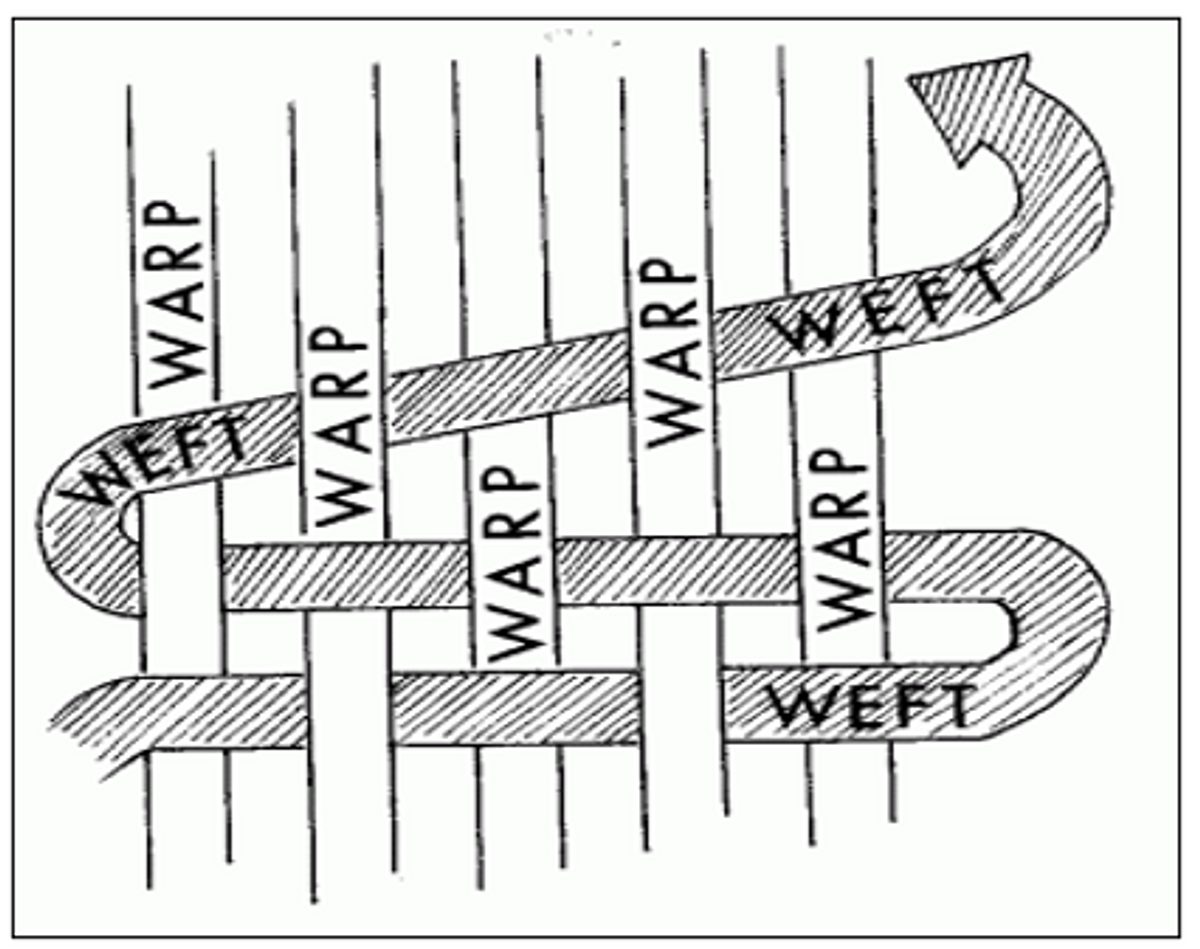
NEW EDITION OF EEF GUIDANCE ON EFFECTIVE IMPLEMENTATION
This fantastic resource supports all school leaders to implement change effectively

Share on:

by Staffordshire Research School
on the
With changes to the ITE Core Content and Ofsted Inspection framework the John Taylor SCITT Central Team across both the primary and secondary routes set about re-designing our course. We had two central ideas to the design of our curriculum for 2020 and beyond. We wanted to move away from a reliance on the Teaching Standards and focus on how our own internal SCITT Assessment Framework can run throughout our course design and link to all areas of study over the course of the year. This is the warp of our programme.
The other central idea to our design was to ensure that the sequencing of our course was logical, progressive and would enhance trainee knowledge and understanding. The weft of our curriculum design. Sessions are planned to link and recap to previous learning and connected through the strands of the SCITT Assessment Framework. In essence, modelling in our SCITT course the good pedagogical practice that we expect new and experienced teachers to implement in their curriculum design. Together the warp and weft of our course design will construct an enhanced schema for our trainee teachers.

As a training provider working with many comprehensive schools in differing contexts across the East and West Midlands, we wanted to embed golden threads for students identified with SEND and those classified as Disadvantaged within our course design. All of our training sessions explicitly link to considerations and implications for SEND and Disadvantaged students.
At the start of September, we welcomed our new cohort of primary and secondary trainees to the John Taylor SCITT at the National Forest Teaching School for their induction. Our induction programme is designed to create a concrete foundation on which to build over their subsequent weeks as they began their school placements.
On their first day, trainees developed their knowledge and understanding of the Educational Landscape with expert input from JTMAT CEO and West Midlands Teaching Schools Council Representative Mike Donoghue, an introduction to the required professionalism of being a teacher through the SCITT Assessment Framework: Professional Behaviours and their roles and responsibilities with regards to Safeguarding in schools, e‑safety and the Prevent Strategy. During the remainder of the induction period trainees were introduced to all strands of our SCITT Assessment Framework; Pedagogy, Curriculum, Behaviour and Assessment with explicit links to learning theories, cognitive science and stages of child development.
Our professional study sessions at the John Taylor SCITT do acknowledge trainees as adult learners and our sessions utilise evidence and research to support the knowledge and understanding of new and potentially quite abstract concepts for those embarking on their first steps into the teaching career.
We are confident in saying that our trainees, within 4 days of starting their teaching careers, are beginning to develop a foundation and awareness of teaching in an evidence-informed profession and are emerging as critically reflective practitioners.
At the John Taylor SCITT we are pleased to have strong connections with the Staffordshire Research School and we are confident in saying that our trainees, within 4 days of starting their teaching careers, are beginning to develop a foundation and awareness of teaching in an evidence-informed profession and are emerging as critically reflective practitioners. Within the weft of our curriculum design, trainee teachers are explicitly introduced to elements of the under-pinning research, evidence and recommendations from the following Guidance Reports:
The final session of the John Taylor SCITT Induction period was designed to seamlessly maximise their first two weeks in school placements by exploring strategies to enhance their learning from lesson observations and pupil trails – where the golden threads, pedagogy and evidence-informed practices are brought to life and explicit in school and teacher practices. The John Taylor SCITT is led by expert practitioners. As all good educators do, we are confident in our approach to lead by example, even if that means dissecting a very cringey, 10 year old video of their course leader teaching in the first term of their initial teacher training year!
Mike Simmons
Deputy Director – National Forest Teaching School

This fantastic resource supports all school leaders to implement change effectively

We explore the key components of effective learning behaviours, their importance, and how they can be fostered in schools.

Blog -
A Brave New World?
This website collects a number of cookies from its users for improving your overall experience of the site.Read more